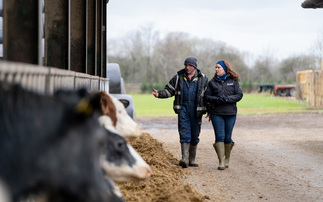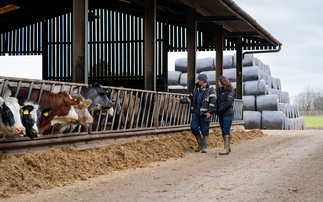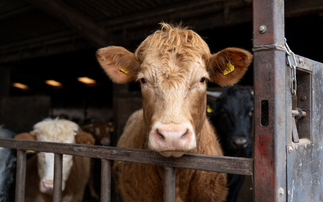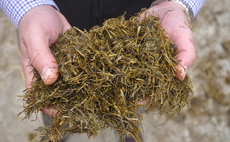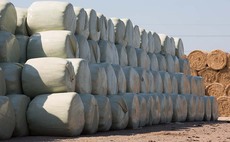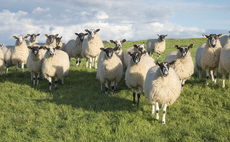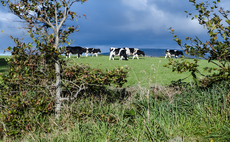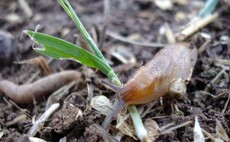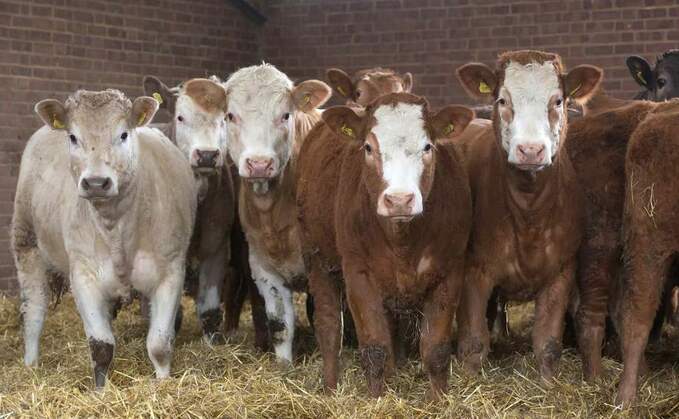
The liver fluke fasciola hepatica is a significant parasite of both cattle and sheep.
In cattle it can cause production losses even at sub-clinical levels of infection and reduce the profitability of beef and dairy animals.
The presence of even 10 liver fluke has shown to increase the slaughter date by up to 10 days, which can have a significant impact on profitability1.
Housing is an ideal time to assess whether animals are infected and enable you to use treatments where required to prevent production loss over winter.
Sioned Timothy, of Boehringer Ingelheim Animal Health, explains what steps to take.
The liver fluke infects animals at pasture during the grazing season.
The infective cyst stage of the parasite is present on grass and ingested.
Once inside the animal, the cysts break open and the immature fluke continues its development as it migrates through the animal to the liver and bile ducts, where once mature they begin to lay eggs which are excreted in the dung.
The liver fluke requires an intermediate host, the mud snail, to complete its lifecycle.
These tiny snails are almost impossible to see by eye and are found in areas of damp, undisturbed, muddy ground.
Liver fluke was once considered to be a parasite of concern in wetter, westerly areas.
However, cattle movements and a generally warmer, wetter climate has led to liver fluke disease affecting cattle across the UK.
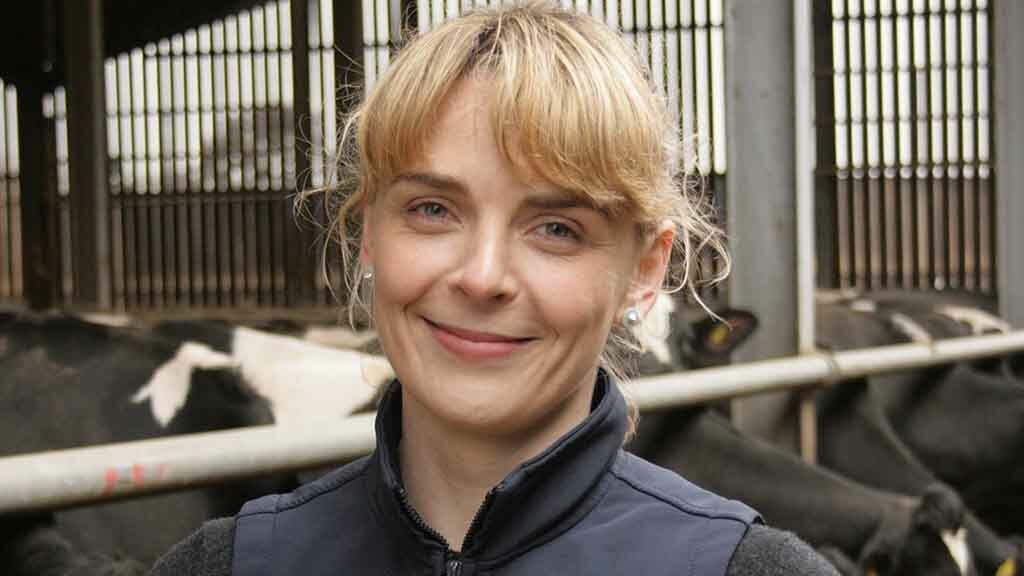
Prevention
The distribution of mud snails across a farm will affect the likelihood of liver fluke infecting cattle and sheep.
A farm with only a small or discrete area of mud snail habitat may be able to fence off that area to reduce the risk of infection.
However, on many farms that will be impractical, especially if the farm is in a generally wetter area, or the soil type lends itself to being boggier.
Fluke infection reaches its peak towards the end of the grazing season and cattle may be going into winter housing carrying a parasite burden with liver fluke at various stages of maturity.
Resistance to anthelmintics is increasing, which means it is vital we all use wormers in a responsible, sustainable way to preserve their efficacy for the future.
If the risk assessment of the pasture and farm environment indicates liver fluke may be present on-farm, diagnostic tests can be used to indicate whether animals are actually infected, and help support treatment decisions.
Faecal egg counts (FECs) can help identify the presence of adult, egg-laying fluke in a group of animals.
Eggs are shed sporadically, so while FECs are helpful in giving an indication of the presence of the parasite, false negatives can occur in individual animals.
Sampling of multiple animals will therefore provide a better assessment of group status.
An FEC will also not identify an early fluke infection, as eggs are not shed by the immature stages of the parasite.
Bulk milk tank tests can detect liver fluke antibodies, which is useful for dairy herds, while blood serum tests can assess exposure in individual animals.
Testing milk, or blood samples from a group of spring-born calves, can provide an indication of if and when liver fluke exposure occurred, and help to guide treatment timings.
Abattoir reports are another useful way to understand the infection dynamics on-farm and can provide a good indication of whether fluke is present in the herd.
They can also offer insight into the effectiveness of liver fluke control strategies already in place.
Cattle and sheep do not develop immunity to liver fluke, and unlike in sheep, where the immature liver fluke can cause sudden death, in cattle it is the mature, egg-laying stage which causes the greatest production loss.
This stage is typically most prevalent at housing time.
Over winter, this means infected cattle will need more feed to maintain their weight, and despite adequate nutrition, they may lose weight or fail to meet growth or yield targets, and generally fail to thrive.
Treating at housing
If diagnostic tests and risk assessments indicate the presence of fluke, a treatment may be advised to protect your herd's production, and break the liver fluke lifecycle by preventing eggs reaching the pasture in spring.
While previous recommendations suggested waiting several weeks after housing to ensure all liver fluke present are mature, doing so will increase the time cattle are losing productivity.
Where a treatment is indicated, cattle should be treated as soon as possible after housing.
No treatment is 100 per cent effective, so further diagnostic tests, such as FECs later in winter, can be helpful in determining whether a second treatment is required before turnout.







